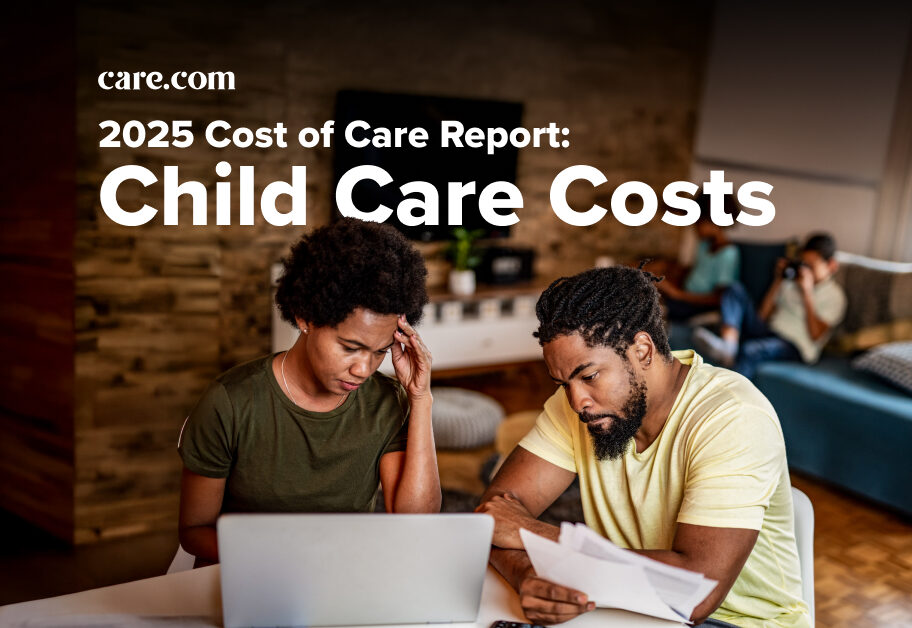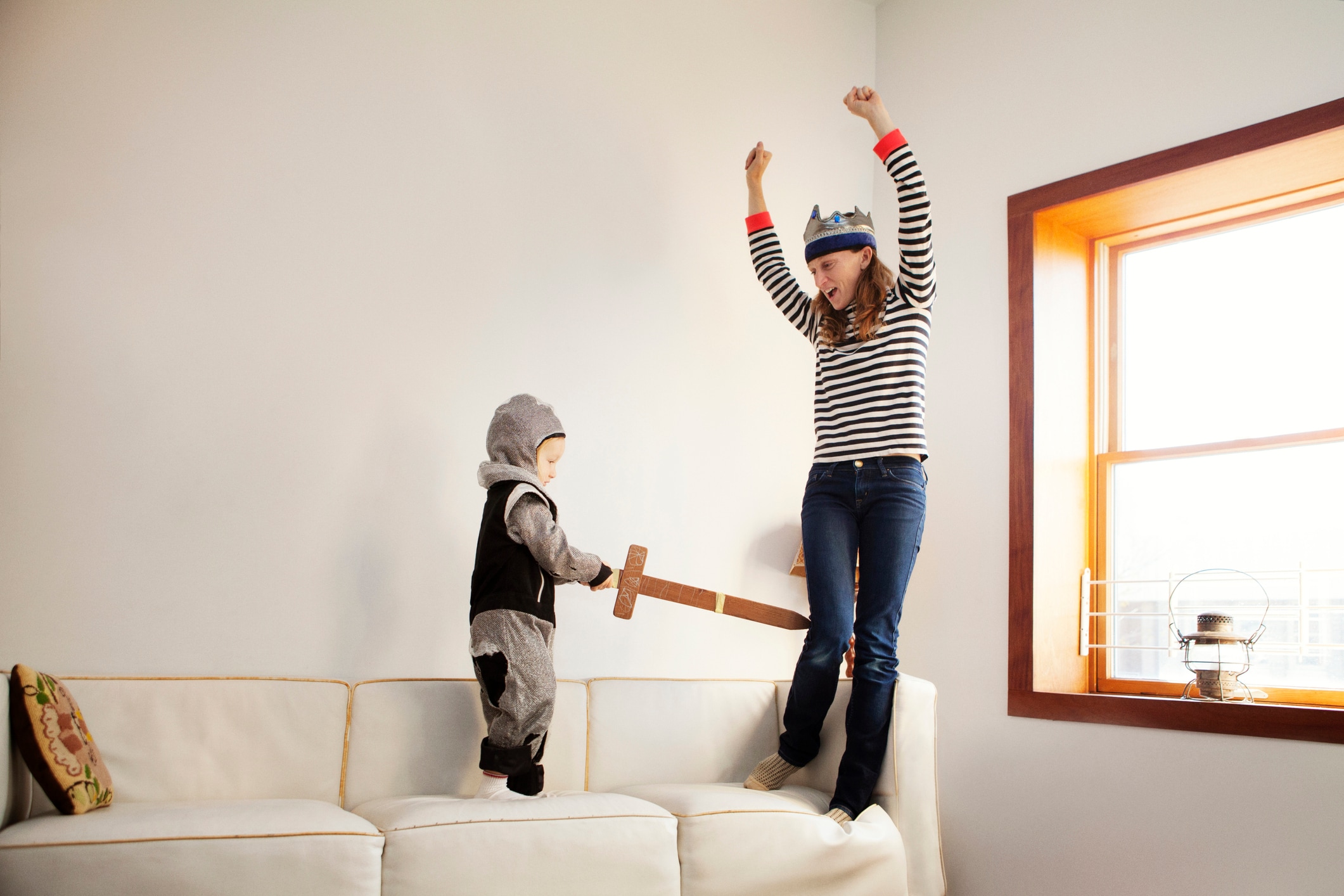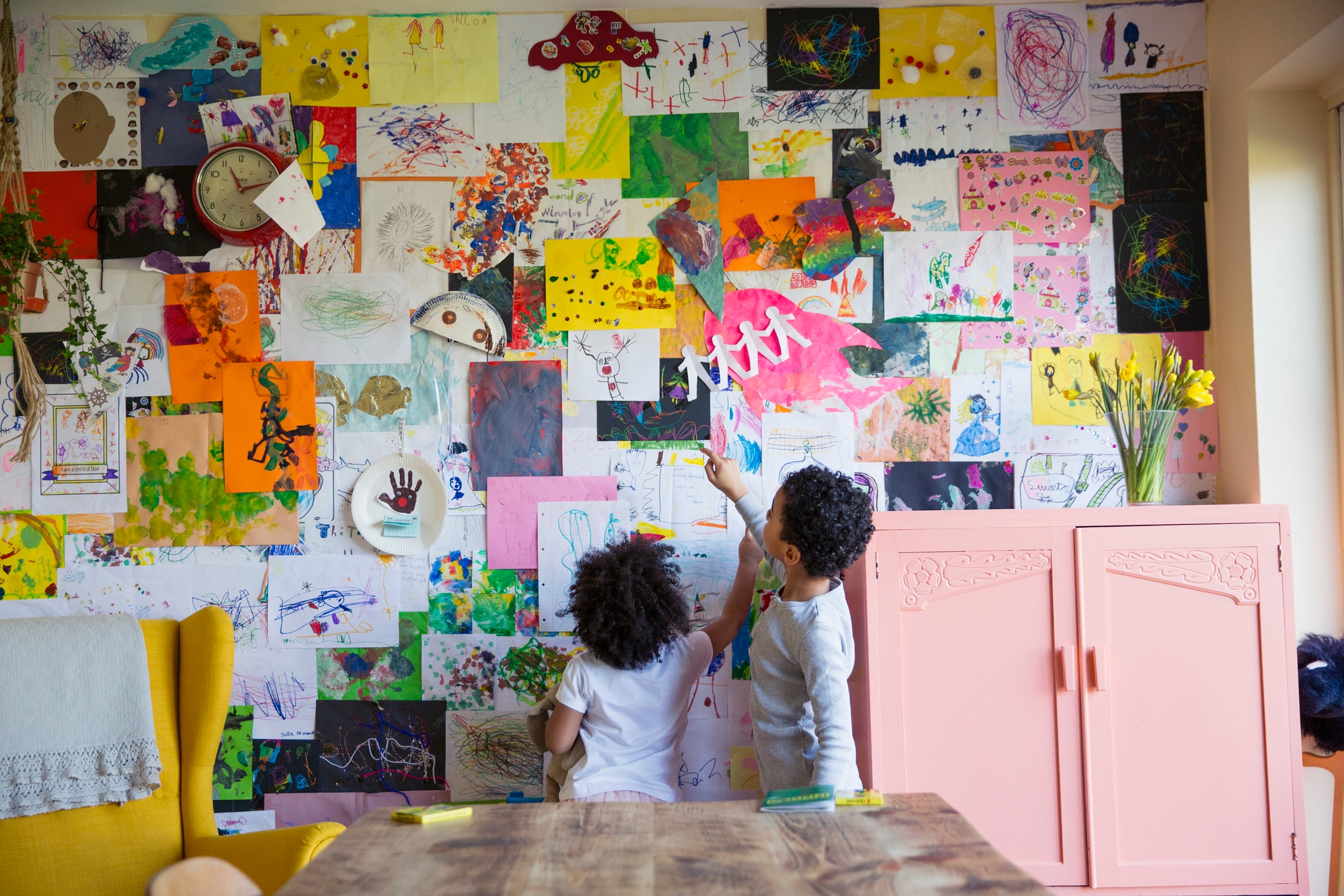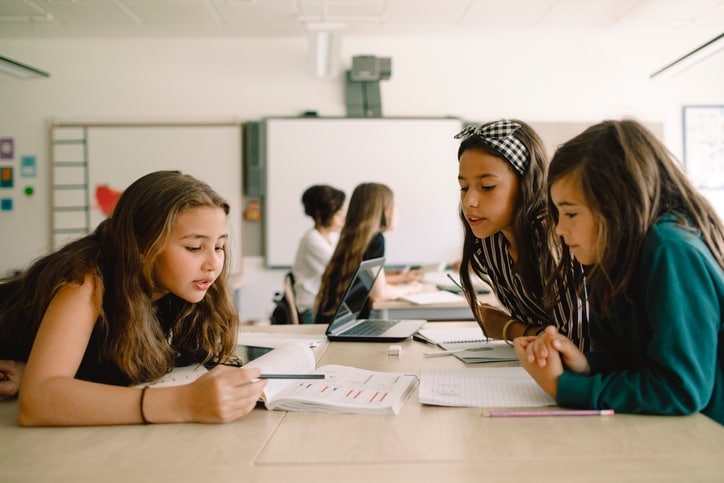Over three million children in the United States have a disability stemming from causes such as cerebral palsy, autism, hearing loss, seizures and more. Meanwhile, one in 13 children have food allergies. As such, planning inclusive birthday parties is something everyone — not just the family members of children with disabilities or severe allergies — should get in the habit of doing.
“If children with disabilities are invited to a party and find that the party activities, food and conversations are not designed to include them, it increases self-esteem issues and anxiety about attending social functions in the future,” explains Yvonne Vissing, a pediatric and community sociologist and founding director of the Center for Childhood & Youth Studies at Salem State University in Salem, Massachusetts.
“When parents go out of their way to be inclusive and joyfully celebrate each [child’s] unique gifts and talents, it teaches children to be compassionate and kind to others.”
— Yvonne Vissing, pediatric and community sociologist
Including children with disabilities can also be positive for typical kids, points out Vissing. “When adults are insensitive to inclusion, it models that exclusion is acceptable,” she notes. “When parents go out of their way to be inclusive and joyfully celebrate each [child’s] unique gifts and talents, it teaches children to be compassionate and kind to others.”
Still, it can be overwhelming to connect all the dots in the early planning stages of an inclusive birthday party. Here are several strategies for ensuring all guests feel welcomed at the party.
Key takeaways
- Inclusive birthday parties help all kids feel welcome and valued.
- Simple planning steps like accessible spaces and clear communication make a big difference.
- These efforts teach empathy and kindness to everyone involved.
How to plan an inclusive birthday party
1. Reach out to kids’ parents and caregivers
The first step to hosting a party that accommodates all guests is communication. Ask kids’ caregivers what their needs are, suggests Vissing. It’s likely the easiest way to manage expectations and make sure the party is enjoyable for all — and you need not be worried about making a big deal about the child’s disability. Many parents and children prefer it.
“I don’t expect parents to go out of their way to make accommodations, but I do love it when they ask me in advance how my son can be included,” notes Jaclyn Greenberg, a mother of three, one of whom has spastic quadriplegic cerebral palsy. “If we know ahead of time what activities are planned, we can think about accommodations instead of being surprised in the moment and scrambling to figure it out.”
Make your contact information available on the invitation and include a note about your willingness to make suitable arrangements for each child.
2. Be sure to have accessible bathrooms
Whether the party is at home, outdoors or at an amusement park, having a clean bathroom may seem obvious. What isn’t obvious is the need to make sure they are accessible. An accessible bathroom should include:
- Paper towels and not just air dryers.
- Wide stalls to fit aids or any supports.
- Low countertops so people in wheelchairs can reach the sink.
- Accessible and easy-to-reach/open trash receptacles.
Of course, these items are known to be of high cost and may be hard to obtain for personal homes. You might be able to acquire accessible items for birthday parties from thrift stores such as Goodwill Home Medical Equipment or local Buy Nothing Groups on Facebook.
“I don’t expect parents to go out of their way to make accommodations, but I do love it when they ask me in advance how my son can be included.”
— Jaclyn Greenberg, mom of three
3. Include a timeline or schedule of events
Transitioning from activity to activity can be difficult for all kids, but this may be especially true for neurodivergent children, says Tiffanie Moore, Associate Vice President of Clinical Services at BlueSprig Pediatrics, an ABA Therapy provider throughout the U.S.
Letting parents know what the party schedule will be ahead of time allows parents to prepare their children with expectations which can potentially eliminate meltdowns or anxiety-related issues. Similarly, posting a visual schedule and announcing the next activity are helpful considerations for children who can’t read or have speech delays, says Moore.
4. Prepare self-contained activities
Most children like being physically active, but certain disabilities make it difficult for some children to join in on games or activities that involve movement, points out Greenberg.
Consider including activities that can be done in one spot, such as sensory bins, making slime or painting. Even bowling is a fun self-contained activity that lends itself to children with limited mobility or who can’t withstand high-energy activities for long periods.
5. Consider communication methods
For children with speech delays or visual impairments, seek out park playgrounds, amusement parks, museums and other venues that have large communication boards and text with braille. Alternatively, you can create homemade visual choice boards complete with pictures of activities to ease transitions and eliminate potential communication barriers.
6. Be mindful of the environment and atmosphere
Loud music and bright lights are often thought of as staples of a lively birthday party, but both can be triggering for children who have anxiety, autism, epilepsy and other disabilities.
For that reason, when considering the environment of the party, select a venue that offers light dimmers or enough sunlight to eliminate the need for turning lights on. Ditch the strobe lights, and keep music at a moderate level.
7. Provide a calming area
In the event that a child does feel triggered or overwhelmed, you’ll want to ensure that there’s a safe place for the child to take respite, says Moore. This could be a quiet bedroom or even a room with weighted blankets and calming toys.
You might even consider renting out a mobile sensory room, equipped with fidget toys, bean bags, water beads, noise canceling headphones or soothing music to comfort any child in need of a break.
8. Clear passageways
Ramps, railings and wide doorways are all important considerations when throwing an inclusive birthday party, says Greenberg. “My son uses a wheelchair to get around, so the most frustrating situation is when a party is flat-out inaccessible,” she explains. “If there are stairs or narrow hallways, it’s pretty much impossible for my son to be included. Most houses are inaccessible, and it’s embarrassing when we arrive and the host makes a big fuss about getting us inside.”
Preempt or prepare for awkward moments by making a quick phone call to discuss entrances, door measurements, decks or backdoors, she suggests. Even having signs directing all guests to the door with the most access can prevent disabled children from feeling singled out upon their arrival.
9. Seek extra help
The more adults available, the more likely someone will be able to jump in to help in the event of any adverse reactions, panic attacks or signs of struggling. Vissing suggests having more adult handlers available than you think you need. “It is the best way to anticipate when a child is getting distressed or needs help,” she says.
Consider extending an invite to a sibling of a guest who has a disability, as they will know how to best manage any unexpected behavior of the disabled child, advises Chelsea Richardson, mother, early education blogger and disability advocate.
The bottom line: “Prevention is always key to the success of a party,” says Vissing. A little extra preparation and consideration go a long way in creating a fun and memorable party experience for all.





